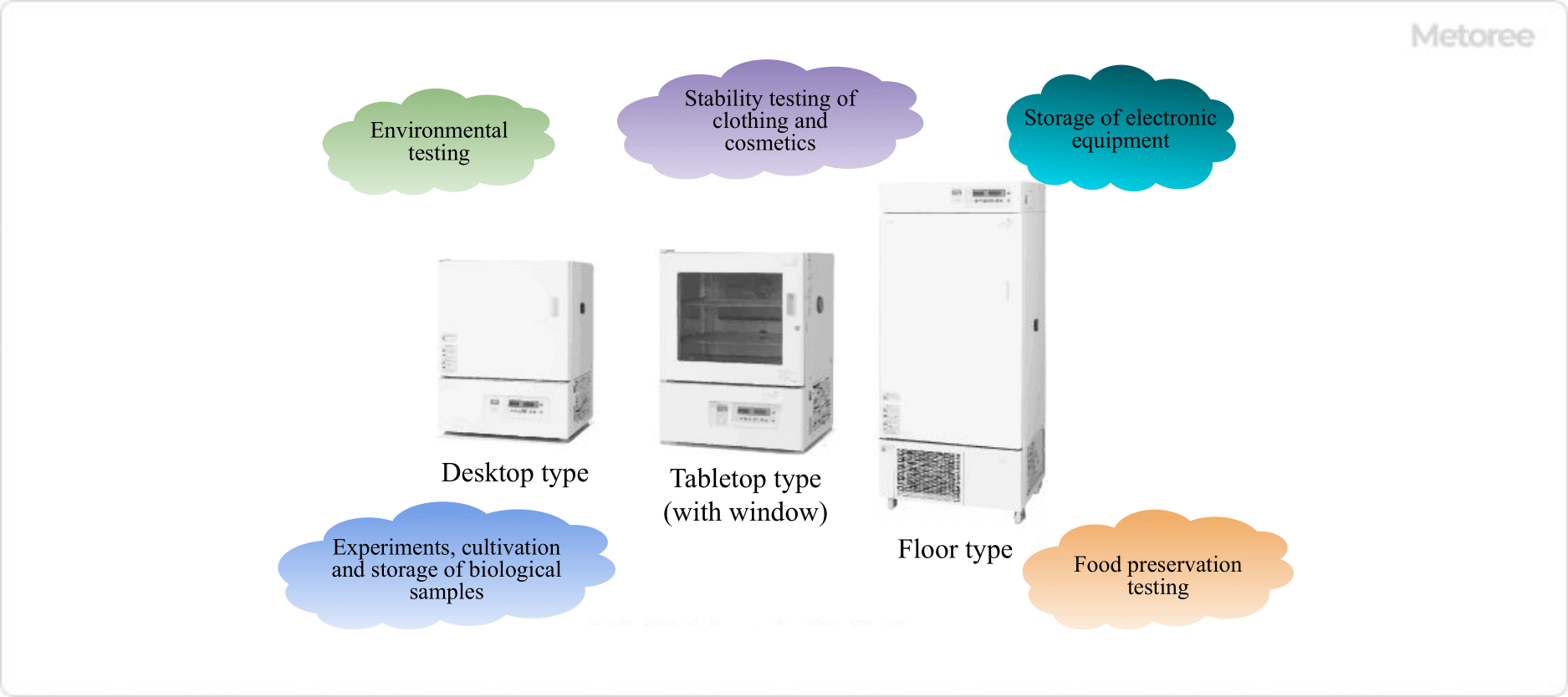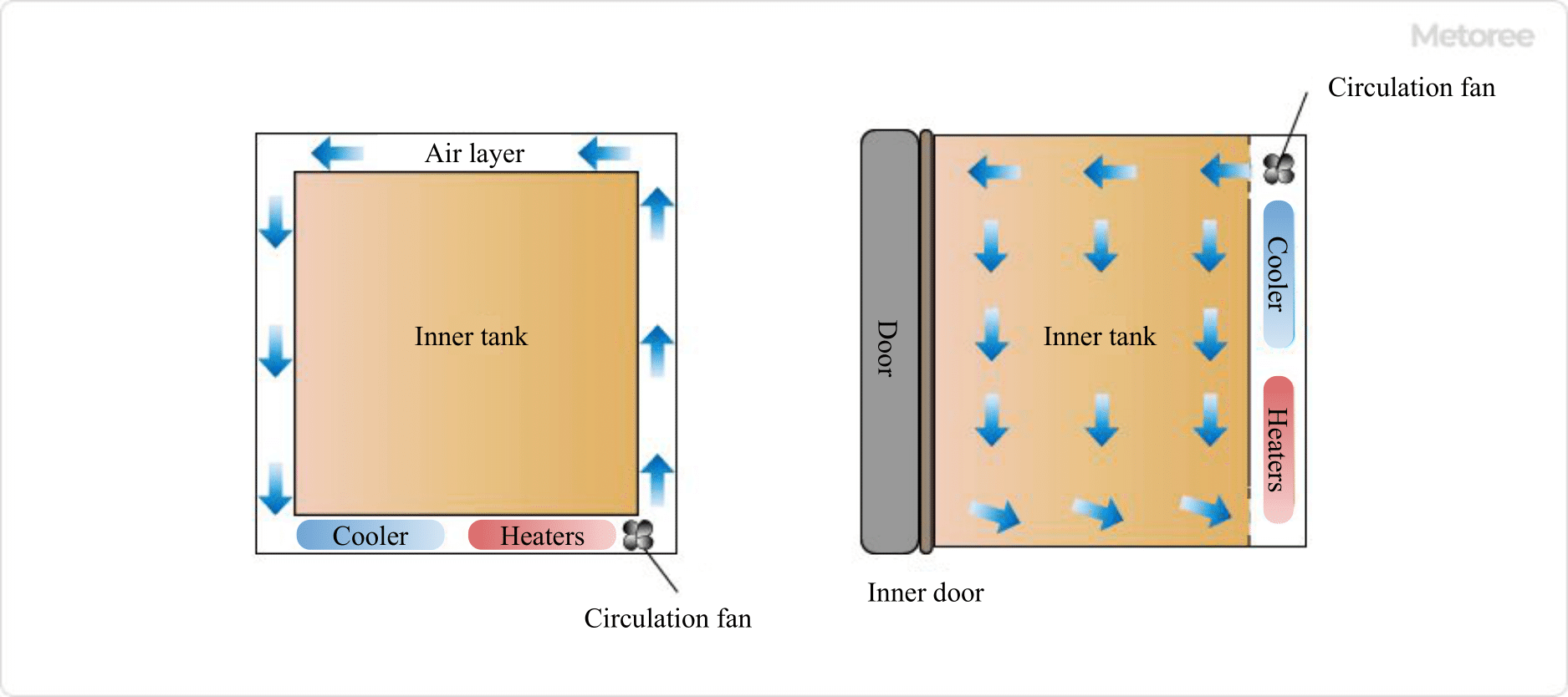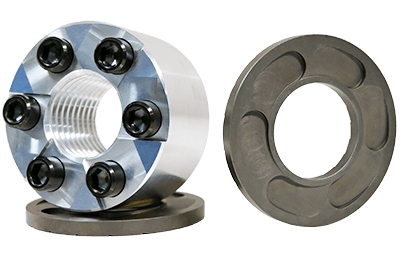What Is a Thermal Shock Tester?
Thermal shock testers are used to evaluate the resistance of electrical products to temperature changes in the environment in which they are used.
In the cold/heat shock test, a high-temperature and low-temperature environment is repeatedly and alternately created for a short period on the product to be evaluated, and the effect of the temperature change on the specimen is observed and evaluated to see if there are any problems. This test is often performed on automotive electronics products, such as audio and navigation systems in automobiles, and control motors in hybrid and electric vehicles.
Uses of Thermal Shock Testers
Thermal shock testers are mainly used in the evaluation of electronic products to verify their reliability. Among electronic device components, environmental resistance performance of soldered parts and plastic parts of various connectors are evaluated.
In addition, thermal shock testers are used for durability evaluations and failure reproduction tests as shown below.
- Reproduction test of cracks and solder cracks in solder joints
- Confirmation of durability evaluation by changing solder material
- Confirmation of durability of plastic connectors due to temperature change
- Confirmation of durability of bonding materials against cracking, peeling, and peeling of paint film
- Confirmation of durability against thermal distortion and cracking of resin molded parts such as connectors
- Check for defects caused by the difference in thermal expansion coefficients of different materials combined with resin and metal.
- Quality verification and screening tests for electronic device components
Principle of Thermal Shock Testers
Thermal shock testers are generally constructed in a three-layer structure with a high-temperature chamber above the test area, which serves as the test chamber, and a low-temperature chamber below. There are partitions called dampers that can be opened and closed between the test area and the high-temperature chamber, between the test chamber and the low-temperature chamber, and between the test chamber and the outside of the main unit.
When the test area is heated to a high temperature, the damper in the high-temperature chamber is opened and the damper in the low-temperature chamber is closed. In this state, air from the high-temperature tank is blown into the test area, enabling rapid heating of the test area. When cooling all at once, close the damper of the high-temperature chamber and release the damper of the low-temperature chamber, and then blow air from the low-temperature chamber into the test chamber.
When the test area is brought to room temperature, the dampers in both the high and low temperature chambers are closed and the damper between the test chamber and the outside air is released to bring the test area to room temperature. For testing electronic device components, it is also possible to conduct tests while the devices are energized.
The range of temperatures that can be set in thermal shock testers is approximately -70 to 200 degrees Celsius. In recent years, quality requirements for electronic components have been increasing, and some testers are capable of testing temperatures up to 300°C.
Types of Cold Thermal Shock Testing
Thermal shock testing can be divided into a 2-zone test and a 3-zone test. 2-zone tests are performed under high and low temperature conditions, while 3-zone tests are performed under high and low temperature conditions plus room temperature conditions.
Normal temperature conditions are created by injecting air from outside the testing apparatus into the test chamber.
Other Information About Thermal Shock Testers
Necessity of Cold Thermal Shock Testing
Materials used in products expand and contract as temperature changes. Parts made of different materials will experience stress due to the difference in properties. This repeated process can cause fatigue to accumulate inside the product, resulting in cracks and fractures, which can break even with weaker-than-expected strength, splitting of joints, loosening of screws, and peeling of surface coatings.
Therefore, it is important to check the chronological order of expansion and contraction, along with the amount of load applied, to determine “where the load is applied that leads to breakage.” Cold and thermal shock tests are used to evaluate product performance and reliability.
In particular, power semiconductor components used to control motors in hybrid and electric vehicles are subjected to large amounts of electricity under severe environmental changes. Cold and thermal shock testing is essential to ensure that these electronic components do not malfunction in the marketplace.
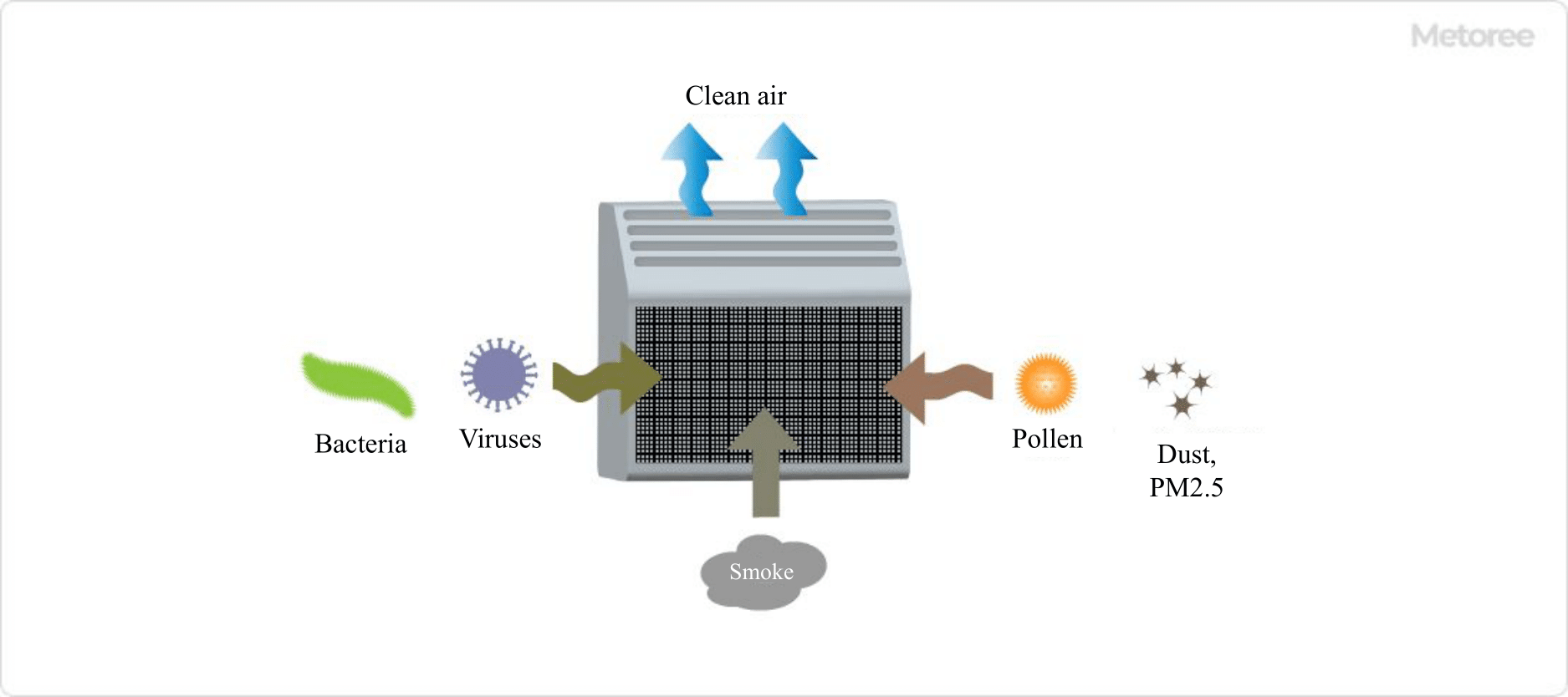
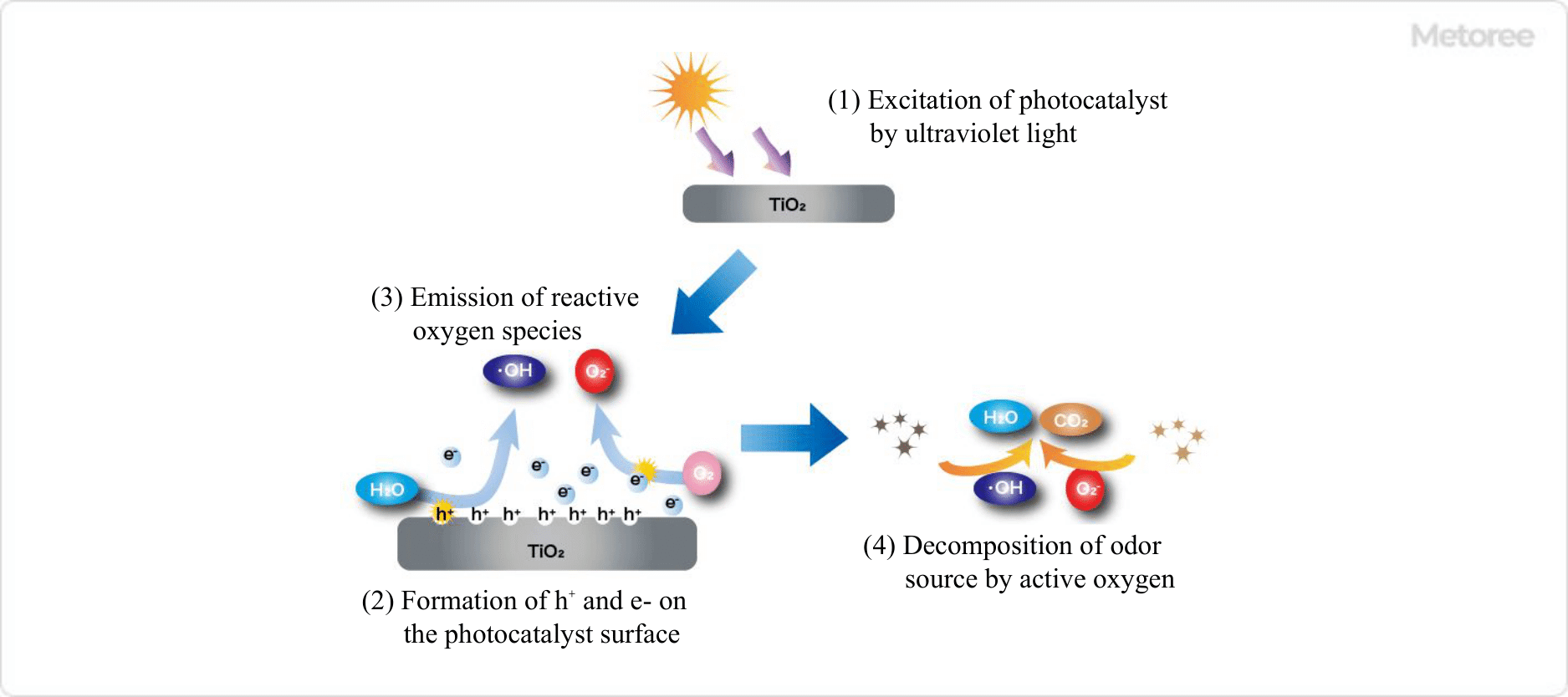
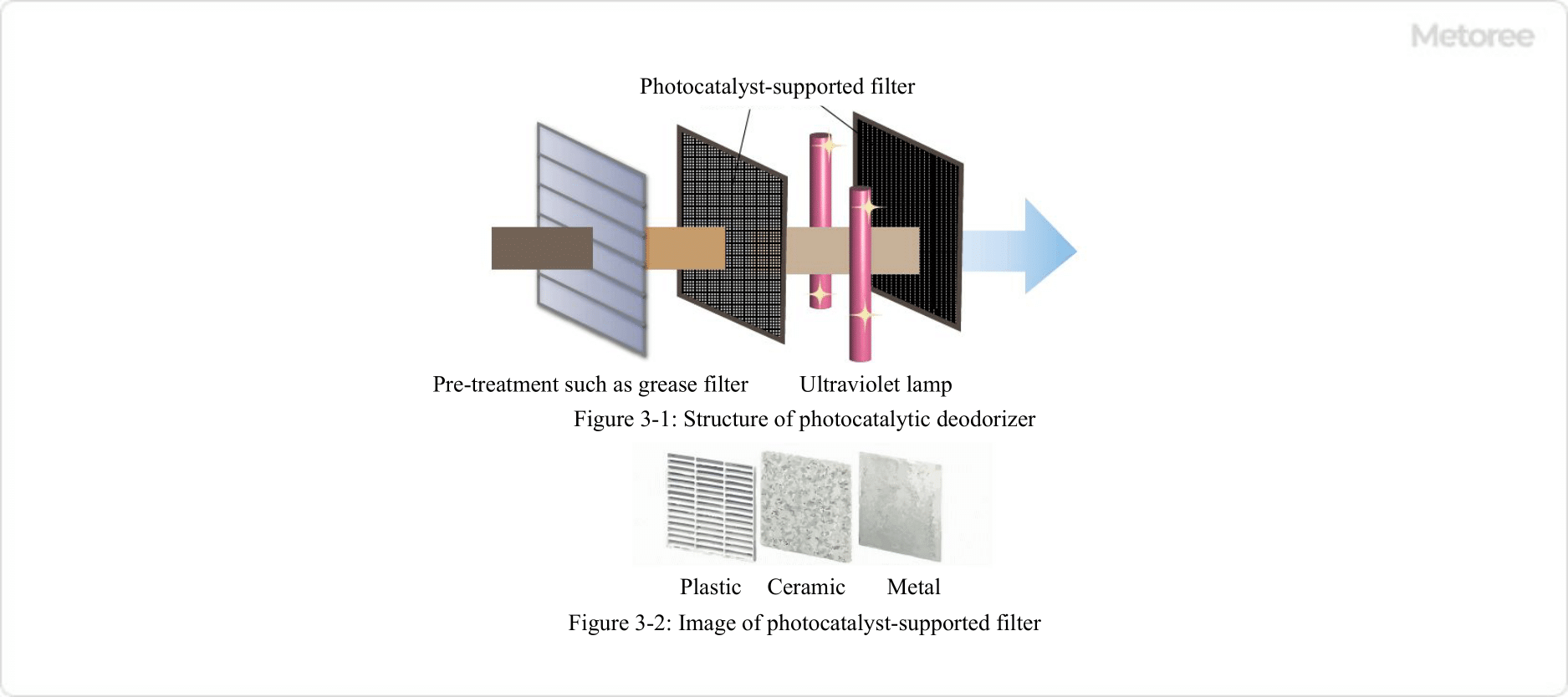
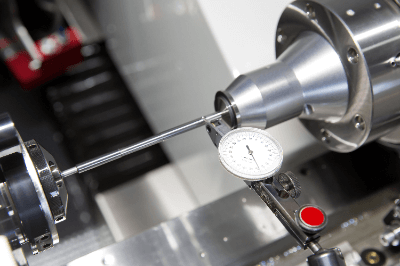
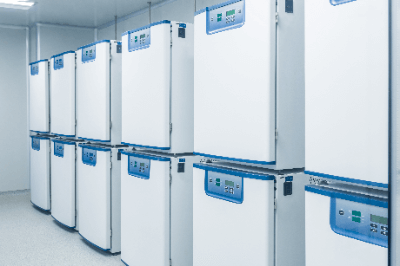 A low temperature incubator is a device that can control the inside of a chamber at a constant low temperature. It is also called a low-temperature incubator, a low-temperature tester, or a low-temperature incubator. The temperature that can be controlled varies slightly depending on the product, but it can be set between -15°C and 60°C.
A low temperature incubator is a device that can control the inside of a chamber at a constant low temperature. It is also called a low-temperature incubator, a low-temperature tester, or a low-temperature incubator. The temperature that can be controlled varies slightly depending on the product, but it can be set between -15°C and 60°C.